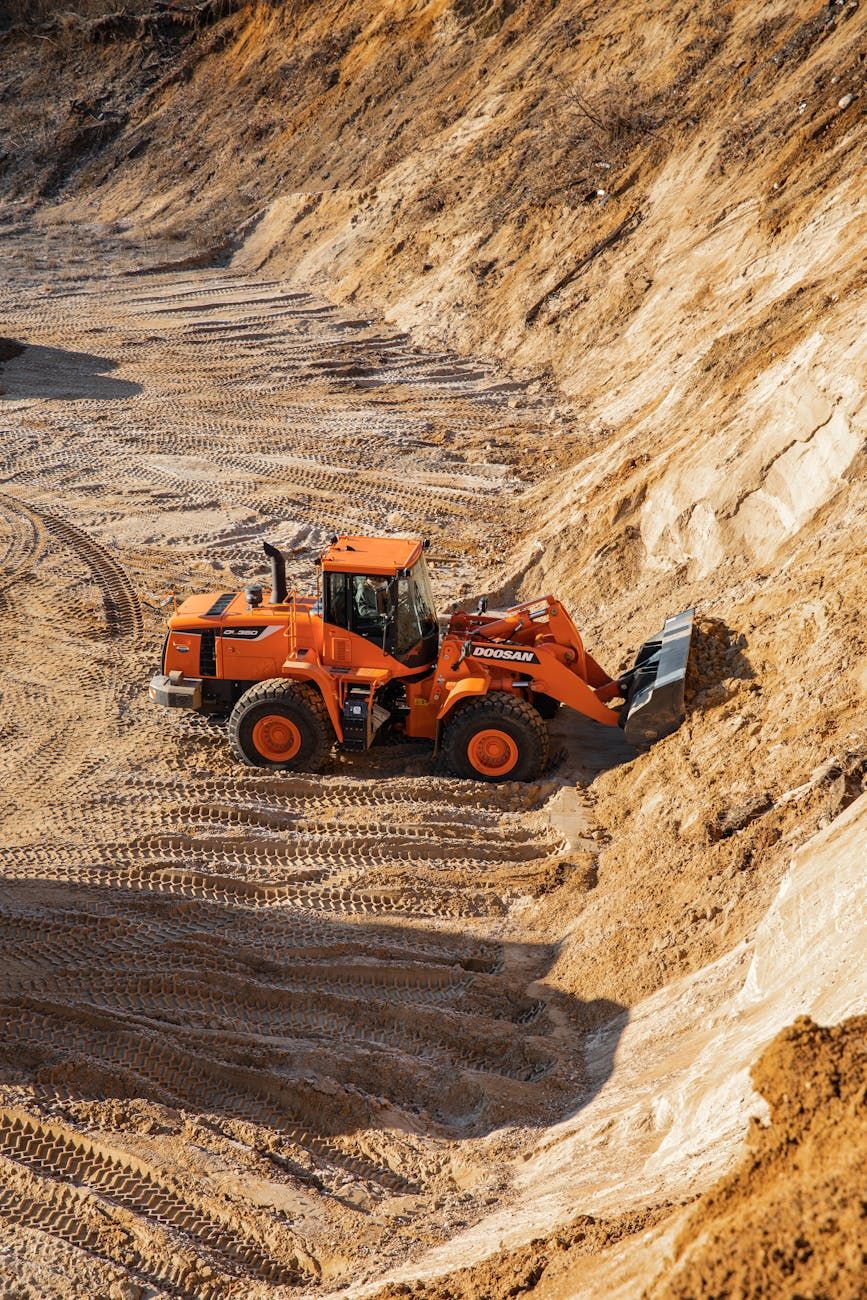
The Future of Sustainable Construction: Innovations Reducing Environmental Impact
Business, Industry & ScienceSustainable construction is paving the way for a greener and more environmentally friendly future in the building industry. With the increasing focus on reducing carbon footprints and preserving the planet, innovations in green technologies and eco-friendly materials are revolutionizing the construction sector. These advancements not only benefit the environment but also contribute to energy efficiency and the utilization of renewable energy sources.

One of the key aspects of sustainable construction is the use of eco-friendly materials that have a lower impact on the environment compared to traditional building materials. Materials such as recycled wood, bamboo, straw bales, and recycled steel are gaining popularity for their sustainability and durability. Additionally, the recycling of construction materials plays a crucial role in reducing waste and lowering the carbon footprint of construction projects.
Energy efficiency is another critical focus in sustainable construction practices. Buildings account for a significant portion of energy consumption globally, and ensuring that new constructions are energy-efficient can lead to substantial energy savings. Utilizing techniques such as passive solar design, efficient insulation, and energy-efficient appliances can significantly reduce a building's energy consumption over its lifetime.
Renewable energy sources are also increasingly being integrated into construction projects to reduce reliance on non-renewable energy. Technologies such as solar panels, wind turbines, and geothermal heating systems are being incorporated into buildings to harness clean and sustainable energy. By utilizing renewable energy sources, buildings can lower their environmental impact and contribute to a more sustainable future.
In addition to materials and energy efficiency, sustainable construction focuses on innovative design approaches that promote sustainability. The concept of biophilia, which integrates natural elements into the design of buildings, is gaining traction for its benefits to occupants' health and well-being. Integrated design approaches that consider factors such as energy efficiency, natural light, and ventilation are essential for creating sustainable and healthy living spaces.
Zero waste construction is another emerging trend in sustainable construction practices. By focusing on reducing waste throughout the construction process and implementing recycling and reuse strategies, builders can significantly minimize the amount of waste that ends up in landfills. Zero waste construction not only benefits the environment but also promotes a more efficient and cost-effective construction process.
As the construction industry continues to evolve, the integration of sustainable practices and innovations is becoming increasingly vital. By embracing sustainable construction principles, builders can reduce their environmental impact, promote energy efficiency, and create healthier living spaces for occupants. The future of sustainable construction looks promising, with advancements in green technologies and eco-friendly materials leading the way towards a more sustainable and environmentally conscious building industry.

Relevant posts

Business, Industry & Science
Modern Glass Factories: The Technologies Behind Perfect Clarity
In the ever-evolving world of glass production, modern glass factories are at the forefront of innovation, utilising cutting-edge technologies to create glass products with unparalleled clarity and quality. These smart factories are revolutionising the industry by incorporating advanced techniques and processes that result in clear glass that meets the highest standards of precision and purity. One of the key advancements in modern glass manufacturing is precision melting technology. This techno...

Business, Industry & Science
When Machines Learn to Think: The Real Impact of AI on Business Processes
Artificial Intelligence, once confined to the realms of science fiction, has now become an integral part of our everyday lives. From voice assistants like Siri and Alexa to recommendation systems on streaming platforms, AI has seamlessly integrated into various aspects of our digital ecosystem. However, its impact extends far beyond consumer convenience; AI is revolutionising business processes across industries. This article delves into the real impact of AI on business processes, exploring how...

Business, Industry & Science
From Raw Materials to Finished Products: How Modern Enterprises Boost Efficiency
When it comes to manufacturing, the journey from raw materials to finished products involves a complex web of processes and operations that modern enterprises are constantly looking to optimise. In the competitive landscape of today's business world, efficiency is key, and companies are turning to innovative strategies to streamline their production processes and maximise output. In this article, we delve into how modern enterprises are harnessing technology and data-driven solutions to enhance...

Business, Industry & Science
Why Time Only Moves Forward: The Mysteries of Time Physics
Time is a fundamental aspect of our existence, guiding the flow of events and shaping our perceptions of reality. While we experience time as a linear progression from past to present to future, the underlying principles of time physics reveal a deeper intricacy that governs the very fabric of the universe.One of the most intriguing mysteries of time physics is the concept known as the "arrow of time." This idea posits that time only moves forward, creating a one-way trajectory from the past int...